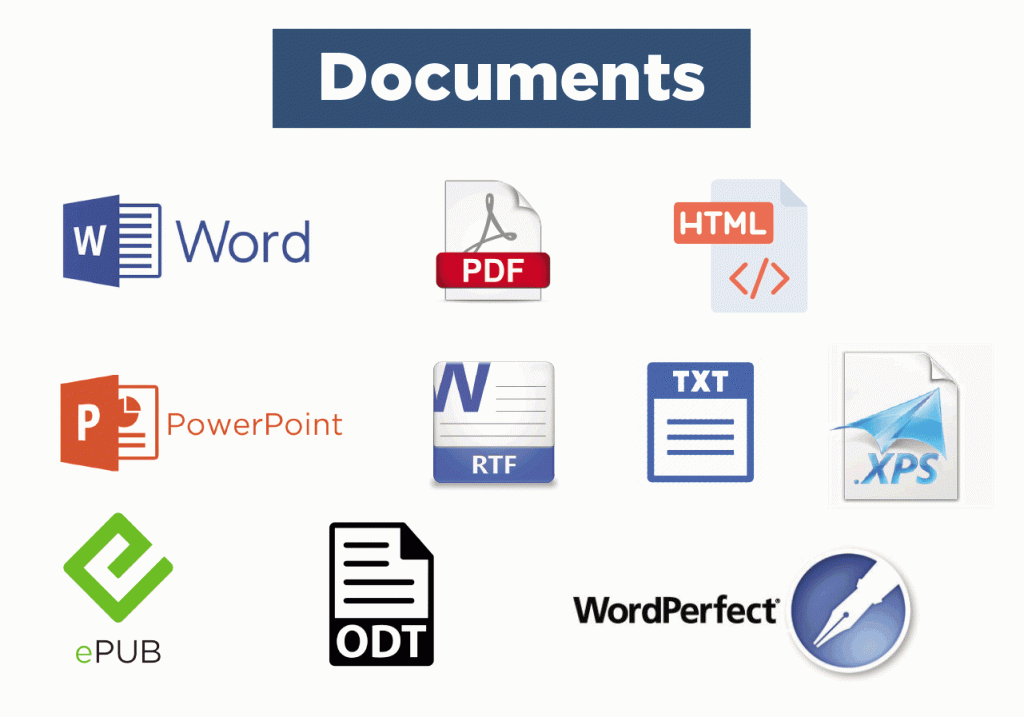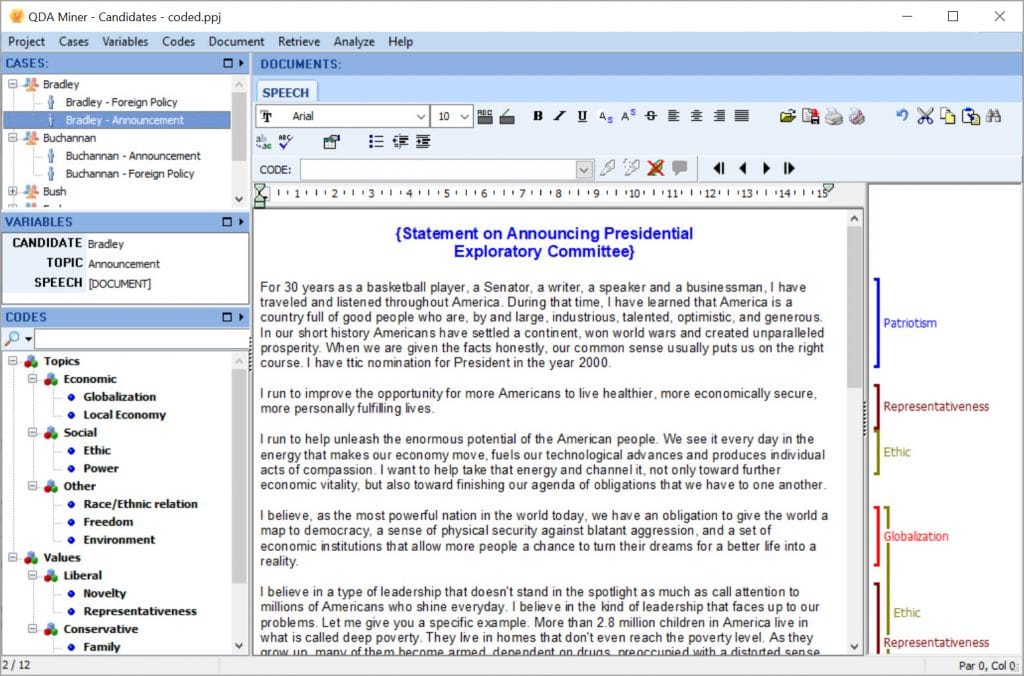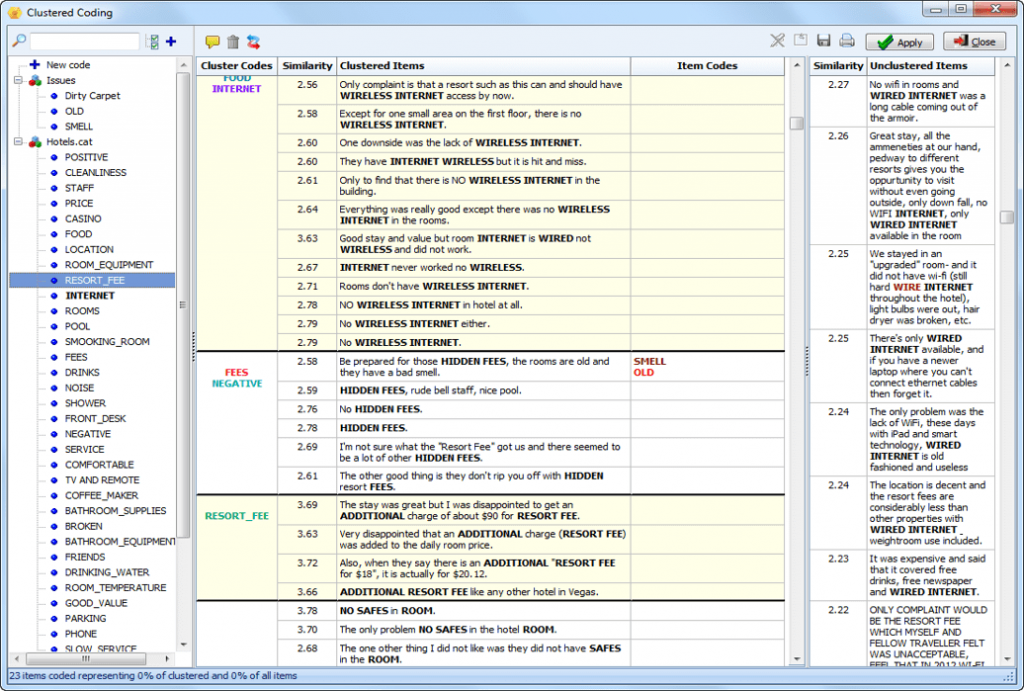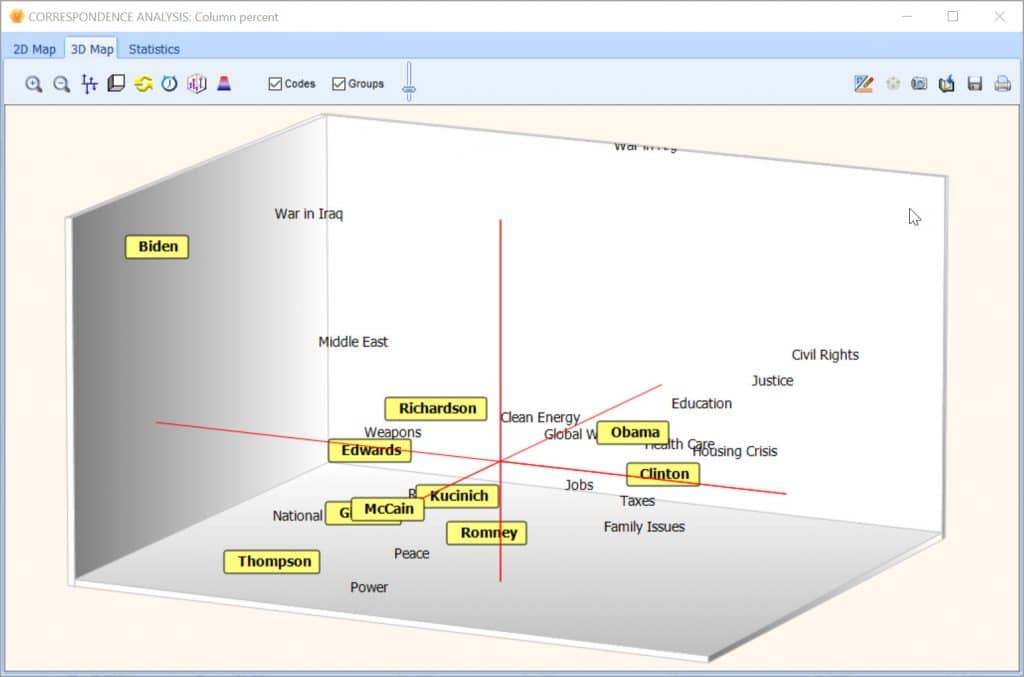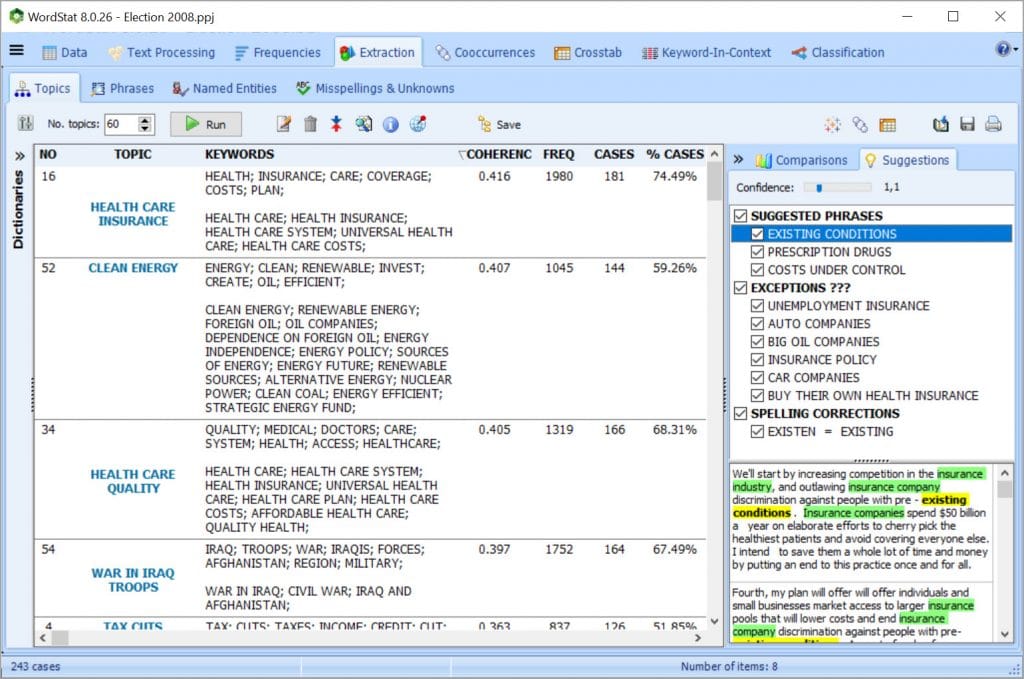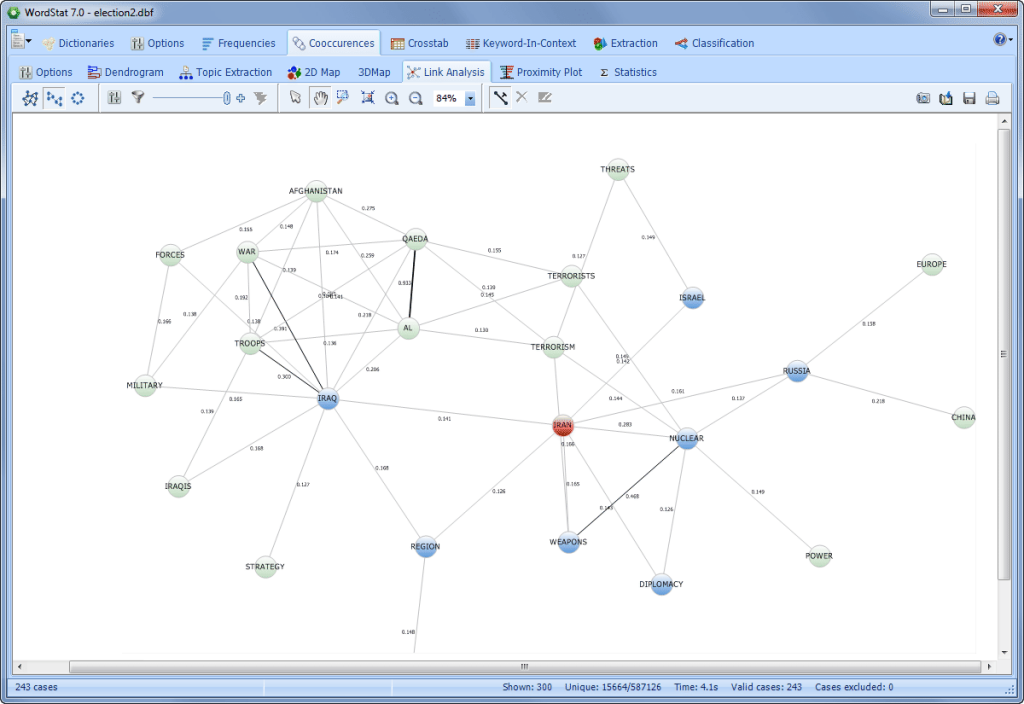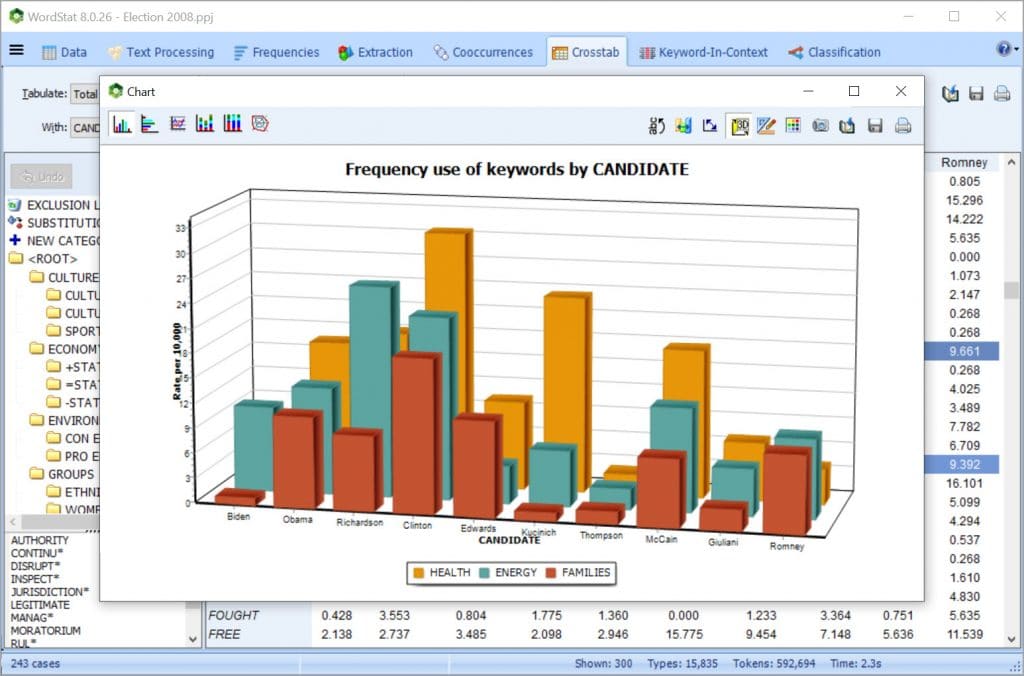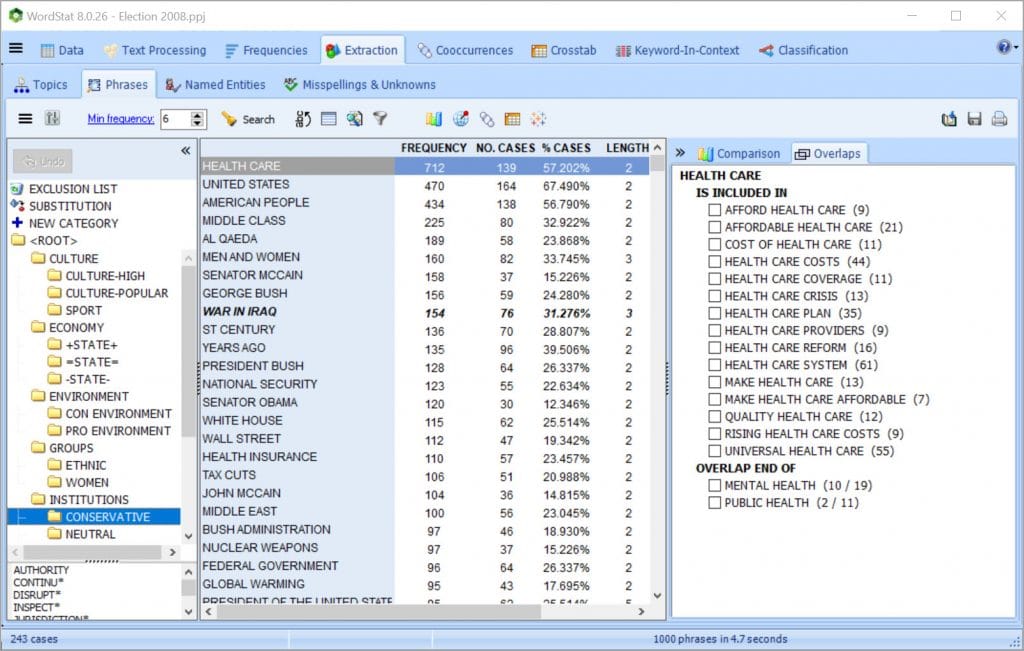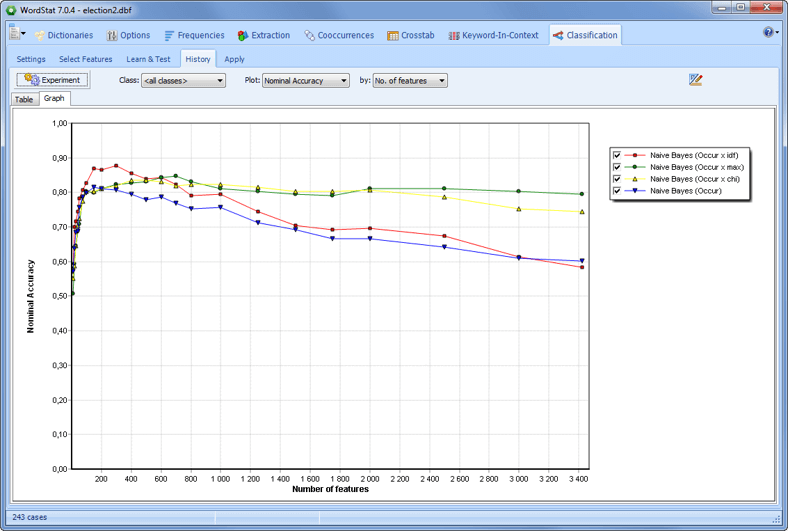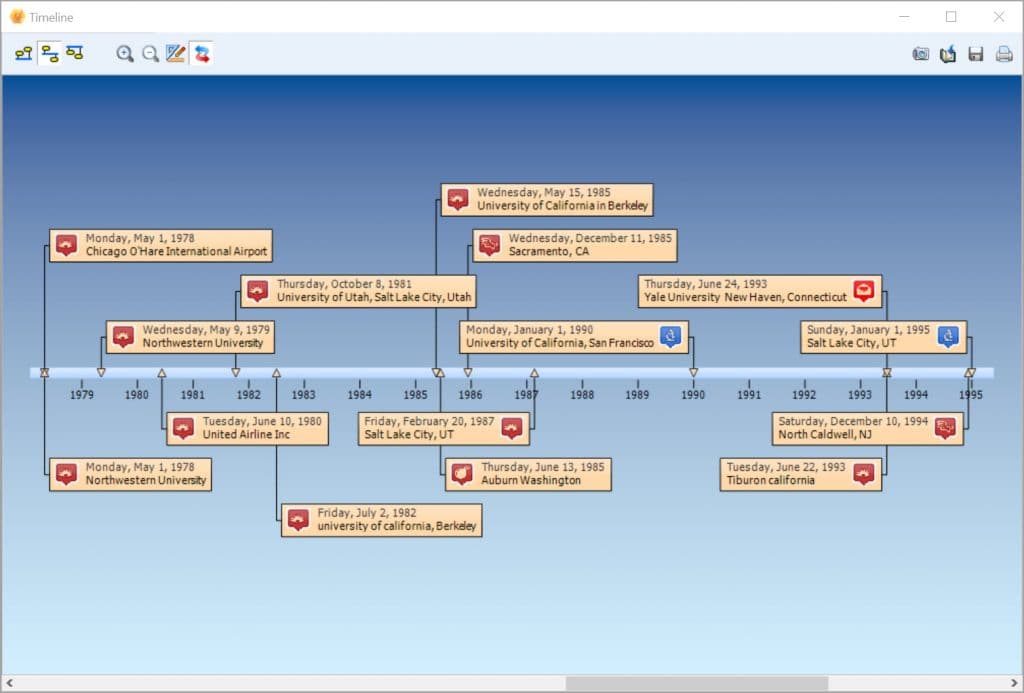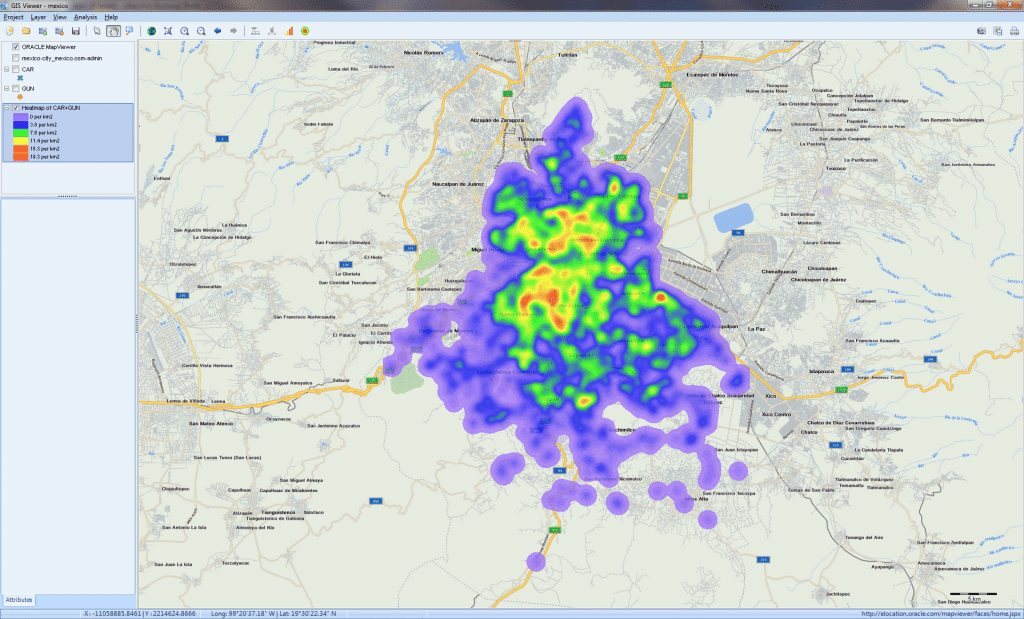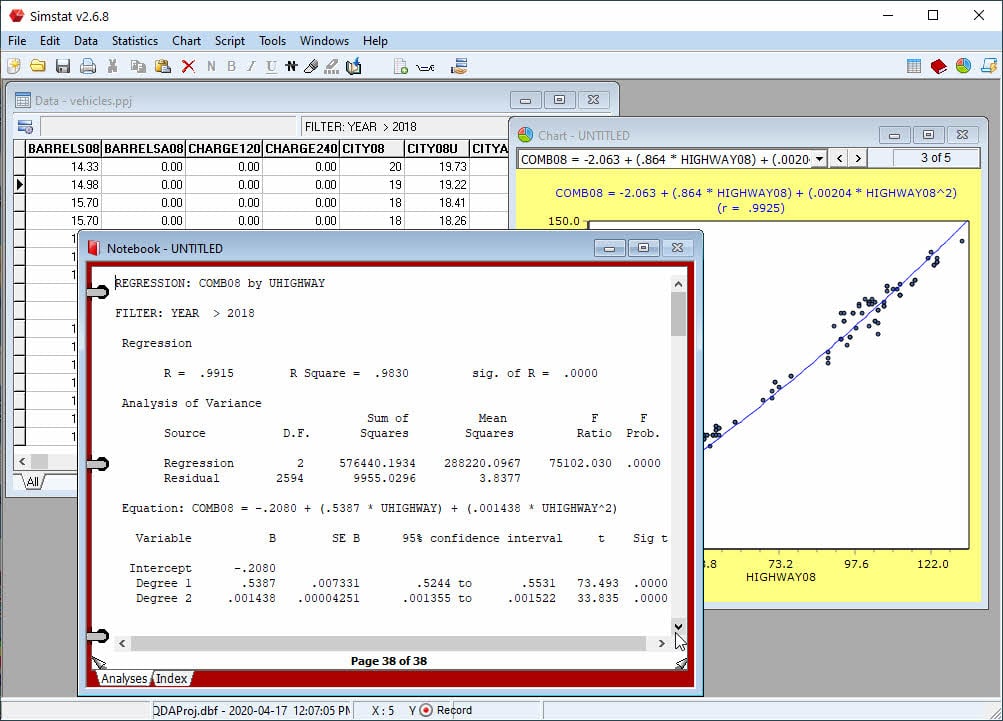TEXT ANALYTICS TOOLS
ProSuite is a collection of Provalis Research’s integrated text analytics tools (QDA Miner, WordStat, SimStat) that allows one to explore, analyze, and relate both structured and unstructured data. Provalis Research Text Analytics Tools allows one to perform advanced computer-assisted qualitative coding on documents and images using QDA Miner, to apply the powerful content analysis and text mining features of WordStat on textual data, and to perform advanced statistical analysis on numerical and categorical data using SimStat. ProSuite does not confine researchers and analysts to a single text analytics approach but allows them to choose the one that best fits the research question or the available data.
RELATE TEXT WITH STRUCTURED DATA
TRANSFORM UNSTRUCTURED TEXT INTO INTERACTIVE MAPS (GIS MAPPING)
The Suite of software options allows users to conduct analyses more than most content analysis software currently available on the market
The Political Methodologist



